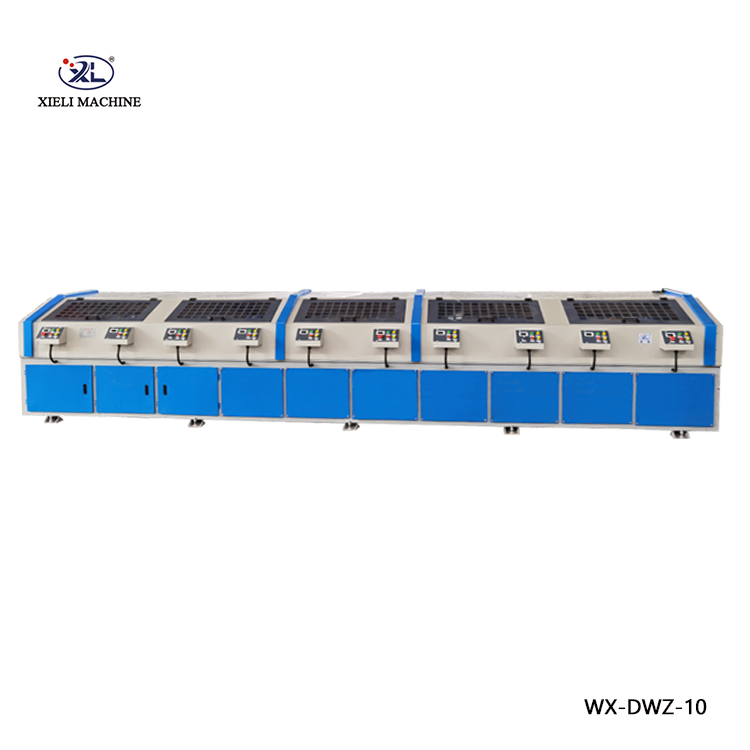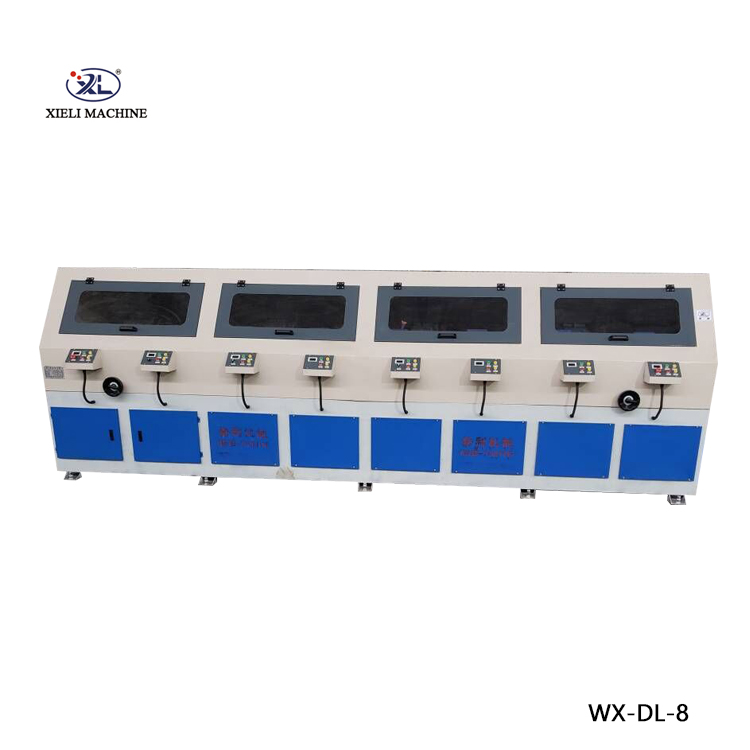The Importance of Centerless Grinder Wheels Service
Centerless grinding is a vital machining process utilized in numerous industries to achieve high precision and efficiency. Unlike conventional grinding methods, centerless grinding does not require the workpiece to be mounted on a spindle. Instead, it is supported by a work rest blade and subjected to grinding wheels that operate in a continuous, automated cycle. This unique setup necessitates regular maintenance and servicing of the grinder wheels to ensure optimal performance and longevity.
Understanding Centerless Grinding Wheels
Centerless grinder wheels are a critical component of the centerless grinding process. They come in various shapes, sizes, and materials, allowing manufacturers to achieve specific tolerances and finishes. Typically made from abrasive materials such as aluminum oxide or silicon carbide, these wheels are designed to efficiently remove material from the workpiece's surface, improving its overall quality.
Why Regular Service is Essential
1. Precision and Consistency Over time, grinding wheels can wear unevenly, leading to variations in the finished product. Regular servicing helps to maintain the wheel's shape and size, ensuring consistent grinding performance. This consistency is crucial for manufacturers who rely on tight tolerances and uniformity in their products.
2. Increased Lifespan Just like any machine component, grinding wheels have a finite lifespan. However, with proper servicing, their longevity can be significantly enhanced. Regular inspection and servicing can catch wear and tear before it leads to excessive damage, ultimately saving money on replacements and downtime.
3. Enhanced Performance A well-maintained grinding wheel can lead to improved efficiency in the grinding process. When wheels are cleaned and dressed properly, they can operate at optimal speed and efficiency, reducing cycle times and improving productivity. This translates to lower operational costs and increased output for manufacturers.
centerless grinder wheels service

4. Safety Concerns Worn or improperly maintained grinding wheels pose significant safety risks. They can break or shatter during operation, leading to workplace accidents. Regular servicing ensures that wheels are in good condition, reducing the likelihood of such incidents. Investing in maintenance not only protects equipment but also safeguards workers’ health and safety.
Key Service Practices
1. Dressing Dressing the grinding wheel involves removing the worn surface to expose fresh abrasive material. This process helps maintain the wheel's shape and enhances its cutting capability. Using dressing tools designed for various wheel types is critical to ensure effectiveness and minimize damage.
2. Balancing Imbalances in grinding wheels can lead to vibrations that affect both the quality of the grind and the machine's longevity. Regular balancing of grinding wheels can prevent these issues, resulting in smoother operation and improved product quality.
3. Cleaning Contaminants such as metal chips and coolant can accumulate on grinding wheels, adversely affecting performance. Regular cleaning with appropriate solvents or cleaning machines ensures that wheels remain effective and free from obstructions.
4. Inspection Regular inspections are crucial for identifying signs of wear, damage, or misalignment in grinding wheels. Operators should routinely check for cracks, chips, and other surface imperfections to determine when servicing or replacement is necessary.
Conclusion
The importance of regular service for centerless grinder wheels cannot be overstated. Through routine maintenance practices such as dressing, balancing, cleaning, and inspection, manufacturers can ensure the longevity, precision, and safety of their grinding operations. By investing in the upkeep of grinding wheels, businesses can enhance productivity, reduce costs, and maintain high-quality manufacturing standards. In today's competitive landscape, it is vital for organizations to prioritize equipment maintenance as a key strategy for success.





